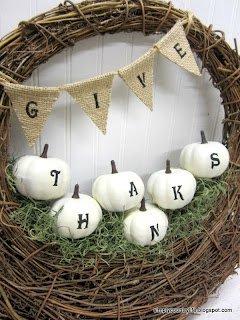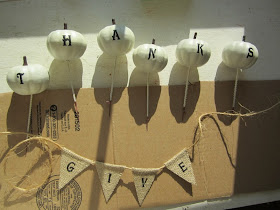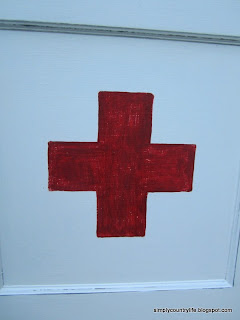Moving right along and moving to the upstairs.
How do you like our handmade, makeshift ladder staircase?
This was our only way to get up and down for most of the construction process. It was a little tricky when your hands were full of tools or lumber, but it worked.
We decided to create our own wood floor from 2x4 boards. This saved a lot of cash. Buying 2" thick wood flooring was pricey. The floor had to be 2" thick upstairs to meet building codes because there is not a subfloor up there. Normally, when you have a subfloor already down you can use 1" flooring.
So, how did we turn regular old 2x4 lumber into flooring?
We set up a table saw downstairs and set a guide on it at 1 inch. The blade was also set at 1" deep. We placed a 2x4 board on the table and pushed it against the guide and ran it over the saw blade, which made a 1" deep cut along the length of the board. You can see this cut in the picture below. It is marked with a black arrow.
Then we would turn the board on it's small edge and push it against the guide again and run it along the blade. This created a 1" square cut out of the corner of the 2x4. The red arrow points to a corner that is finished.
We made these cuts on two opposite corners of each board. This created a "lip" so that we could overlap the 2x4s when we nailed them down as flooring.
Hopefully, you can kindof see what I'm trying to explain.
Here's a diagram, just pretend the black areas are the ends of two boards.
Each board can slide together and create a floor without gaps.
Boy did this take FOREVER and it wasn't without tears. The table saw totally freaked me out because the blade is exposed and I was certain we would not get through this project without losing an appendige. The boards were 12 feet long and it took patience to guide each board over the blade the whole length. Each board had to be cut four times. I just knew something besides the board was going to get cut, but it didn't. Whew.
But wait, it wasn't all smooth sailing. Once we were nearing the end of our HUGE pile of boards and all of them where cut so nicely and ready to be nailed down, we realized they didn't fit together very nicely after all. At some point the guide that was set at 1" had moved to less than 1". The cuts we had made were not going to be deep enough to overlap the edges of the 2x4s.
It was late and we had been at this all evening. I was tired and in tears at this point. I really wanted to get up the next day and nail the boards down and be done with the upstairs floor, but that wasn't going to happen. We had to recut at least half of the boards before we could proceed to the nailing part.
There's my husband, looking in digust at the boards. That pile was only a small amount of the 1000s 100s we had cut. I'm plopped on the sawdust covered floor crying in the corner.
What else do you do at 1am but go to bed. We got up Saturday morning ready to tackle this again and recut the boards. By lunchtime we were ready to start carrying boards upstairs and nailing them into place. This part went pretty quickly. He was upstairs nailing and calling down the measurement for the length of the next board so that I could cut it and hand it up to him. We staggered the lengths so that the seams between the ends of the boards weren't all in the same place, creating a funny looking line across the floor.
Again, this part went quickly. It was only mid afternoon and we were done. I think a shower followed by a nap was the next thing on my todo list that day.
The floor turned out great and it created a cool looking ceiling in the downstairs area too.
These pics are a little farther along in the construction, but they give you a better idea of what the floor looks like. (covered in sawdust)
You'll have to check back later to see what the ceiling downstairs looks like. I'll show you that when we get closer to the end of the construction.
If you'd like to see the pile of logs we started with,
you can follow along the whole construction process
here.
'til next time,
Adina









































